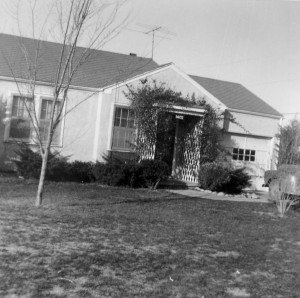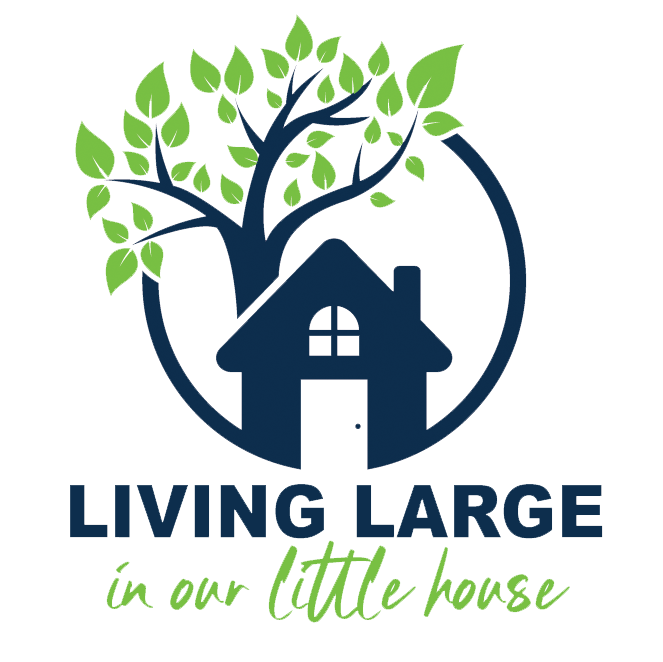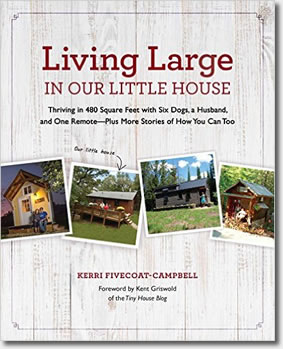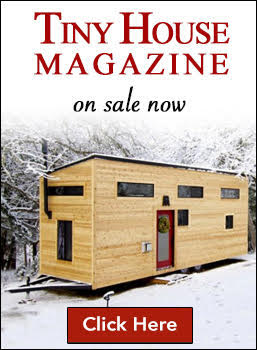Small House of the Past
 In 1946, when my parents purchased this brand new bungalow on the GI Bill, small houses weren’t that uncommon. To own any home was the American Dream.
In 1946, when my parents purchased this brand new bungalow on the GI Bill, small houses weren’t that uncommon. To own any home was the American Dream.
When this photo was taken, the house had two bedrooms, one bath, a small dining area and living room. I would estimate that it wasn’t probably much more than 700-800 square feet.
As our family grew, my parents expanded the living room and added another bedroom by eliminating the garage and they also added a family room to the back of the house, still making it no more than a 1,000-1,100 square feet.
By the time I was born, there were 7 people living in the house, including my three teenage siblings and my elderly grandmother.
It was cramped quarters, but I also believe that part of the reason families were closer back then was that lack of space and inability to get far from each other. Most children had to share a room and families gathered together in one living or family room.
Sure, homes were larger in the 19th century, particularly Victorian homes, but they averaged 2,200 square feet because the size of the families was much larger. It wasn’t uncommon for families to have 6-8 children. Of course, this also depended on a family’s wealth. My paternal grandparents raised 13 children in a 2-room cabin.
According to statistics provided by the National Association of Home Builders, the average sized home has went from 600-800 square feet in the early part of the 20th century, to 2,300 square feet in 2003 – although the average sized family has decreased by 25 percent.
I know one family who lives in at least 4,000 square feet – their master suite is probably 3 times the size of our entire house. Their children each have their own rooms and bathrooms, and the main living area is farther from their rooms than my office is from our house. I don’t see how you can have a close family when each member has their own wing, and more importantly, I don’t see how one can keep tabs on their kids from that distance.
My mother was a master of using space, she had built-ins put in all over the bungalow, from cabinets and built in desks in the bedrooms to bookshelves in the living room. The kitchen table was built in and the kitchen also had an island with plenty of storage. In my tiny bedroom, my bed was even built in with storage drawers underneath.
Her dream was to restore a Victorian home and when I was 15 she had found the perfect house and we moved from the little bungalow, but I’ll never forget the closeness we shared there as a family.
What do you think? Does the size of today’s houses lend to family’s not being as close?








I live in a 1680 sq ft house. It feels really big to me. Prior to this we had a 935 sq ft house for our family of 4. I don’t find that we are any less close. Having a bigger place has cut down on the fight over bathroom time. It allowed us to have a bigger dining table so we comfortably sit down together. We have a bigger living room that actually has enough seating for everyone.
We do have enough room to have private spaces. Everyone has their own room. But the big thing that we did to maintain family closeness was to ban electronics in the bedrooms.
Banning electronics in the individual bedrooms is a big thing, Carrie. Also, actually sitting down to meals together makes for the coming together of a family. By today’s standards, I don’t think 1,650 is all that large, although I’m sure it feels huge after moving from less than 1,000 sq ft. It’s not the size of the home, but how we use it, right? 😉 Thanks for visiting and commenting.
I tend to agree. I grew up in a large house, but we had nine people in it, so it didn’t feel large–we each had to share a bedroom, and the living room was generally reserved for hosting guests, so we all gathered in the den to play.
Before I came along, when there were only five kids, my family lived in a breathtakingly small saltbox house. My mom’s best friend , who also had five kids, lived across the street. My mother still thinks of it as the best time in her life. A photo of the house (with my dad and some of my older sibs picknicking in the sideyard) is here: http://tinyurl.com/yffz7kw
Thanks for sharing that photo and your story, Patti! Some of my best memories in our neighborhood involved watermelon on hot summer days and my Godparents, who lived just up the street, making homemade ice cream!
I thought your theory about increased intimacy in smaller spaces was very interesting. I live on Cape Cod, where I run a green B&B, built in the 1700s. We are horrified as traditional cottages are torn down around us and mansions rise on the same spot. I regret that this has become the norm. To make matters even worse, most of these super-sized houses are second homes, occupied only in summer. People do not need to live in mansions. A lot of the owners maintain low heat to prevent freezing pipes in winter. What a waste of energy!
I agree, Alexandra. If we ever get to Cape Cod, I will have to come and visit your B&B. I’m a green travel writer too.
Interesting about the PBS program, Kathy, I wish I would have seen that.
I agree that larger homes can create an atmosphere of isolation. Thankfully we don’t have that problem as we live in an early 1900’s “shotgun” house. We are in the never-ending process of renovating and improving. When I need solitude, I can always find it outdoors in nature.
I think that’s an important thing, Lisa, to have some space. I also love my covered front porch.
I think that being separated by too much space definitely affects family closeness. If you throw in a TV, stereo and computer in kids’ bedrooms- what reason is there to even come out of the bedroom and talk to anyone?
A few years ago PBS did a fascinating reality show called “Frontier House.” Families were given one room log cabins to live in, and had to survive under the exact conditions as the early settlers. They spent virtually all their time together, eating, sleeping, playing and working.
One of the families had a very wealthy and lavish lifestyle in their modern day lives. PBS interviewed them after they returned to their enormous mansion in Silicon Valley. Every one of the kids expressed sadness at the loss of connection with their parents and siblings, once they returned home, and said their house was so large, you could roam through much of it without even running into another family member. It was terribly sad to me, that these kids who had every imaginable material object that a child could want, felt lonely and had a sense of loss, because of the lack of physical connectedness with their family. They all said they would go back to the little log cabin in a heartbeat. So, I would say yes, larger spaces make for smaller family connection.